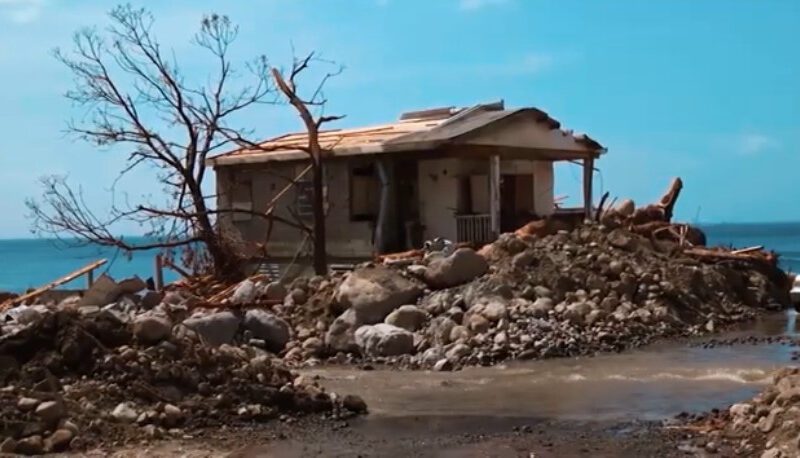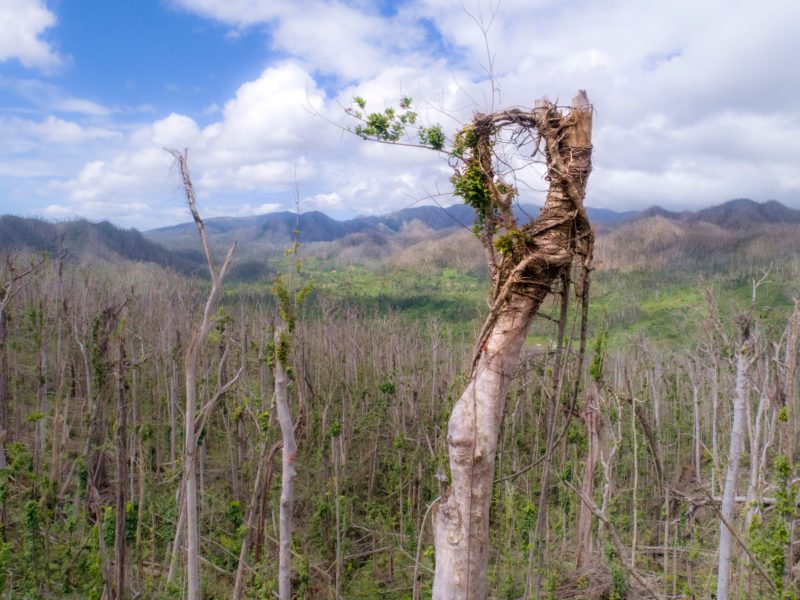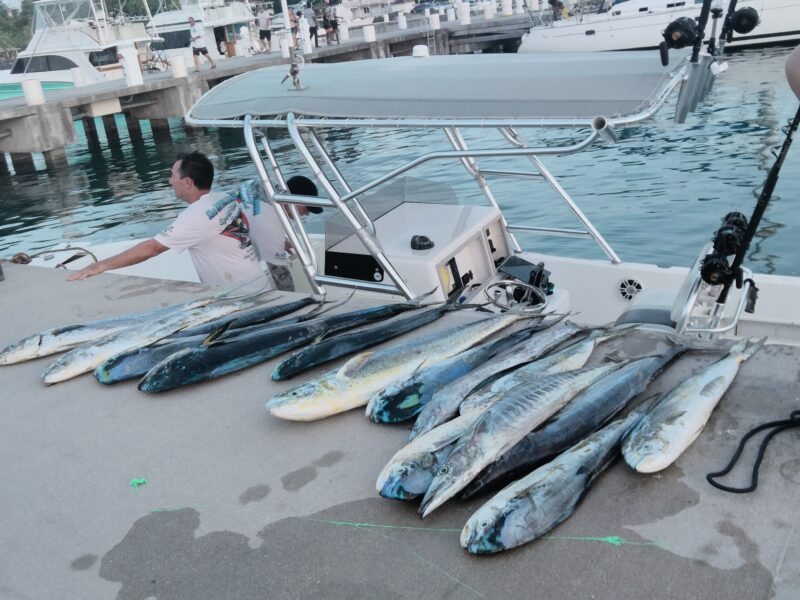The night of September 18, 2017, forever altered the development trajectory of the Commonwealth of Dominica. Hurricane Maria’s 160 mph winds decimated the island, stripping vegetation, flattening homes, and crippling infrastructure. The devastation was catastrophic: 31 lives lost, thousands homeless, and damages amounting to USD $1.3 billion dollars – over twice the nation’s GDP. Dominica’s government, under Prime Minister Roosevelt Skerrit, vowed to rebuild as the world’s first climate-resilient nation, creating the Climate Resilience Execution Agency for Dominica (CREAD) to lead this ambitious mission. This documentary looks at the first few days of having been on the ground after Maria hit and now – seven years later – to find stories of resilience amidst ongoing challenges.
Climate
“Just Transition” Climate Change considerations within CARICOM
|
The concept of a just transition originated with the United States labour movement of the Nineteen-Seventies and broadened as labour organisations forged alliances with environmental justice groups starting in the 1990s.
Initially, the concept emerged in response to increased regulation of industries deemed heavy polluters. The literal meaning of the words are central to a full appreciation of the concept.
A “transition” refers to the process/period of changing from one state/condition to another. It is the definition of “just” that requires clarification.
“Just”, in this context, is the adjective referring to “based on or behaving according to what is morally right and fair (Righteous)” or “being what is merited (Deserved)” or “Legally correct (Lawful).” The word “just” is not intended to be used as the adverb meaning “only” or “simply.”
The Caribbean Community is no stranger to transitions, especially those that have been decidedly unjust. These SIDS that include the mainland territories of Belize, Guyana and Suriname have had to make political transitions from colonialism to independence, and economic transitions from plantations to private farms and Industrialisation by Invitation. The more recent transition is environmentally driven around issues of climate change. The concept of a just transition with respect to climate change implies that all those citizens disadvantaged by adaptation and mitigation actions will be buffered through socio-economic programmes that protect livelihoods.
Just transition has been described as fostering healthy renewable economies and communities whilst moving away from fossil fuel dependence and extractive industries.
Antigua and Barbuda - More Research Needed
|
A debate swirls around whether fish species depletion in Antigua and Barbuda is a current problem or a future threat. Experts are casting a net over the broader implications for ocean ecosystems and resource usage with livelihoods, diets and recreational activities at risk. The Antigua and Barbuda Fisheries Division reports an overall increase in fish production, with periodic drops linked to economic disruptions and management regulations like the Great Recession and the 2013 Fisheries Regulation.
Finfish production rose from approximately 1,000 metric tons in 2007 to 1,500 metric tons in 2020. Queen Conch production has remained stable, ranging between 200 to 500 metric tons annually. Caribbean Spiny Lobster production has fluctuated, peaking around 2012-2014, with a post-2015 upward trend, ranging from 200 to 3,500 metric tons annually. Fishery Production Trend courtesy the Antigua and Barbuda Fisheries Division.




